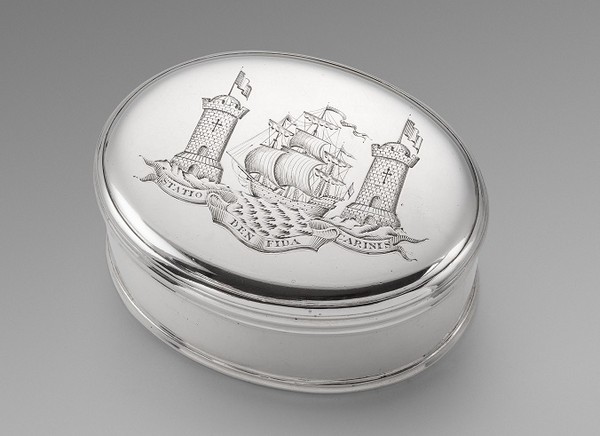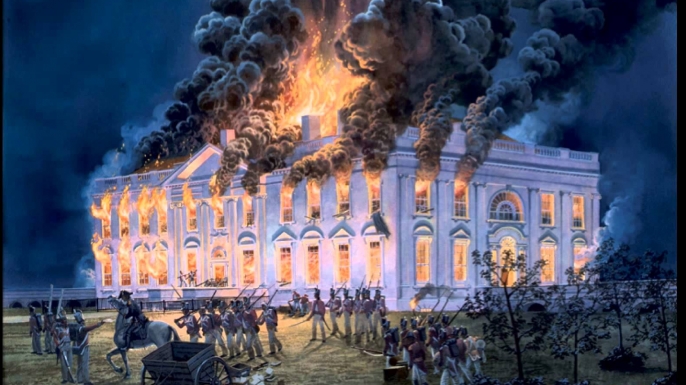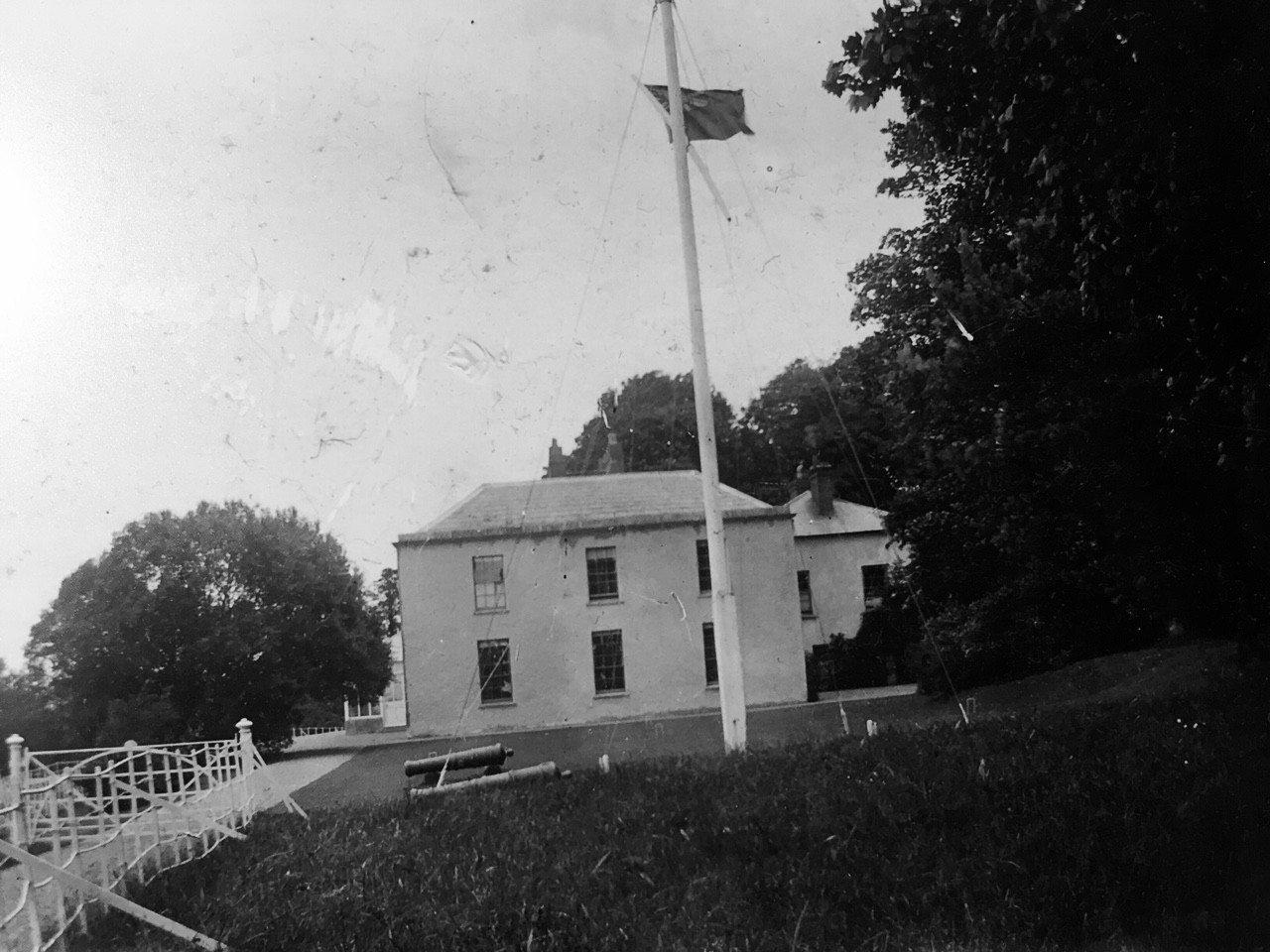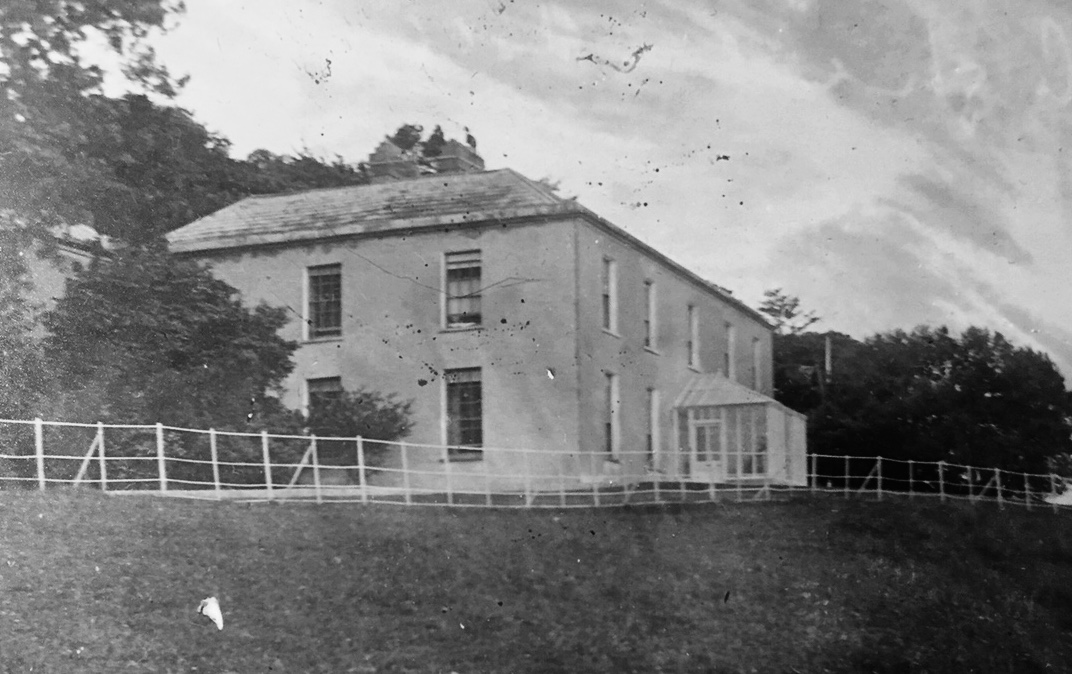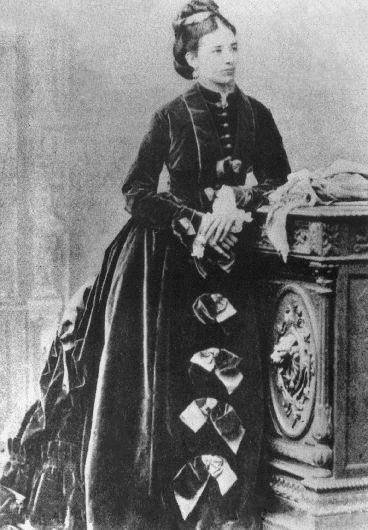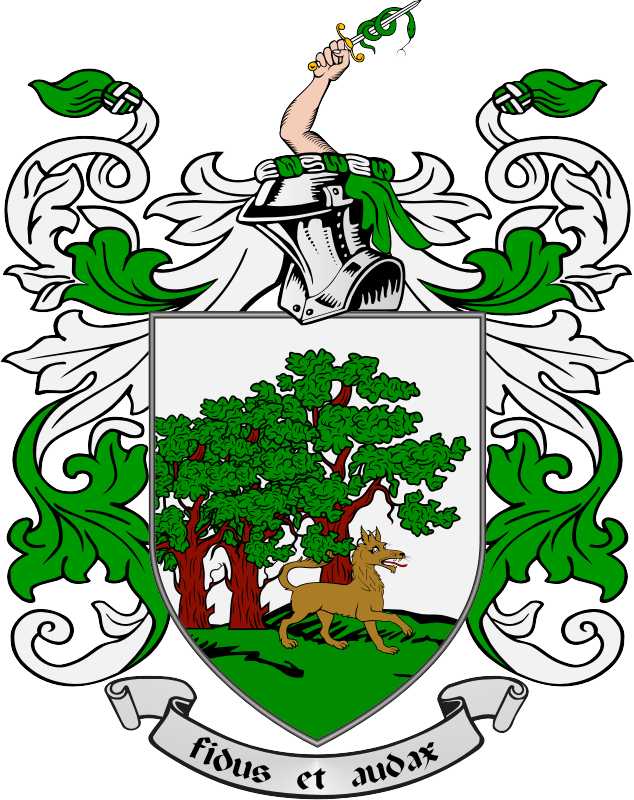This has been buried in a mass of information about the election in 1841 for a couple of years whilst I worked out how to best deal with it. This specific post caught my eye whilst I was trying to deal with which Bartholomew Verling was which. What it really did spark was the whole series of posts on the 1841 election.
The important thing to know is the election was stretched over almost a fortnight. So when Daniel O’Connell wasn’t elected in Dublin City, he was still able to stand in Cork County. He was also on the ballot, and elected in Meath.
What is quite so surprising is how many of the family are in this one, all detailed at the end of the post.
COUNTY OF CORK.—MR. O’CONNELL A CANDIDATE;—THE NOMINATION.—CORK,
Monday Night, July 12th .—Mr. O’Connell, the victim of foul play and Orange chicanery in Dublin, is now the leading candidate for the representation in Parliament of the Yorkshire of Ireland,—of the county of Cork,—with its million of inhabitants. Authorized by the two gentlemen—Messrs. Roche and Barry, the former members—the committee in the direction of the Liberal electoral interests despatched on Saturday night a gentleman, Bartholomew Verling, Esq., of Cove, with full power to announce to Mr. O’Connell the retirement of one, or, if necessary, of both the gentlemen by whom the county had been represented, in order that the interests of the country might be promoted, and the successful machinations of the Tories in other places met and counterbalanced. Mr. Verling arrived at Carlow yesterday, where he met Mr. O’Connell, and at full work for the independence of that proverbially Tory-Orange county. The liberator of his country received the communication with delight. Mr. Verling posted to Cork, and arrived at seven this morning. The committee sat at eight. Mr. O’Connell’s letter was then read, and before nine o’clock the city was all commotion. Placards were posted in every direction. In the mean time, the Tory arrivals were incessant and numerous; and when, at twelve o’clock, the county court was thrown open, and-the usual frightful crush and crash of the populace took place, the appearance of things rightfully indicated how, as it is said here, “the cat hopped.’ Mr. G. Standish Barry presented himself. Greatly did he regret that circumstances had arisen that placed him in the position of retiring from the high and distinguished honour of being a.candidate for the fourth time, for the representation of the county. But the temporary defeat of Ireland’s liberator required that some one, should make the sacrifice ; and in his person that sacrifice was now made. He had pleasure in retiring for Mr. O’Connell (tremendous cheering), not simply of retiring, but he had the great gratification of proposing as the representative of the county of Cork in Parliament, Daniel O’Connell, Esq. (Awful cheering.) In an excellent speech, well delivered and well received, the nomination was seconded by Francis Bernard Beamish, Esq., our late representative for the city .of Cork. Nothing could exceed the wild enthusiasm of the people at having before them as a candidate Mr. O’Connell. The scene was at times terrific. Proposed by Daniel Clanchy, Esq. J.P. of Charleville, and seconded by Eugene M’Carthy, Esq., Of Ruthroe, Mr. Burke Roche was introduced to the constituency. The reception was enthusiastic. The Conservative candidates Messrs. Leader and Longfield, met with a sorry reception. The high sheriff (Mr. Barry) appealed in their behalf in vain. The Tories will persevere to the last. But such a defeat as awaits them
The above text was found on p.6, 17th July 1841 in “The Tablet: The International Catholic News Weekly.” Reproduced with kind permission of the Publisher. The Tablet can be found at http://www.thetablet.co.uk .
The text below is taken from the Spectator also on 17th July 1841. Both papers took a strongly anti-Tory stance
The Spectator 17 July 1841: CORK COUNTY has been a candidate for the honour of returning Mr. O’Connell. As soon as it was known that he was thrown out at Dublin, Mr. Standish Barry retired to make room for him. Mr. Burke Roche stood with him. The Tory candidates were Mr. Phillpotts Leader and Mr. Longfield.
In the letter accepting the invitation of the electors to stand, Mr. O’Connell says-
” We cannot disguise to ourselves the fact, that my defeat in Dublin will give an insolent confidence to our enemies—to the bigoted enemies of Ireland. They will gladly hail it as a proof of the declining strength of the popular power, a proof which would be annihilated by a victory in my name in such a county as Cork. It strikes me that we should thus counteract time Dublin loss. It is quite true that such loss was occasioned by means which betoken the depravity of our adversaries, and not any alteration in popular opinion or in popular determination. Still, it requires to be counteracted ; and such counteraction would be only the more powerful by my being unnecessarily returned for your county. But I do not think I could be personally present in Cork before Wednesday morning. Under these circumstances, I leave myself in sour hands. You command my services—you command my political action. If it is thought fit to elect me for Cork county, I will sit for that county, and none other, in this Parliament. The coming into operation of the Municipal Bill, however insufficient in other respects that bill may be, will enable me to regain Dublin.”
CORK CITY. The Liberals, Daniel Callaghan and Francis Murphy, triumphed here, over Colonel Chatterton and Mr. Morris. The Tories complain of intimidation and obstruction. On the 8th, an elector was killed. The Cork Constitution says-
” The organization was complete. Every ‘enemy ‘ was known and marked; and, as he quitted the booth, a chalk on his back commended him to ‘ justice.’ If the military were outside, execution was deferred ; but they ‘ dogged ‘ him till the danger was past, and then a shout or a wink pointed him for vengeance. The women were usually the first ; the courageous men came after, and the unfortunate fellow was beat, and cut, and trampled. Then is the triumph of diabolical enmity. A demoniac shout is raised, and even a woman dances in the blood! We write a literal fact : when Mr. Norwood’s skull was broken in the manner described on Thursday, one of the female followers of Murphy and Callaghan actually danced in the blood that lay red upon the ground.”
The family bits.
Just to recap, Bartholomew Verling of Cove has two grandsons also called Bartholomew Verling who are first cousins. The elder Bartholomew Verling (1786 – 1855) of Cove is John Roche of Aghada’s nephew twice over. His mother is John Roche’s sister, Ellen, and his father is Mary Roche’s (nee Verling) brother, John Verling. His brother is Dr James Roche Verling (1787 – 1858) was one of Napoléon’s doctors on St. Helena [making both of them 1st cousins 5x removed].
“Roche and Barry” are Edmond Burke Roche, and Garrett Standish Barry. Barry was the first Catholic MP elected to represent Cork County after the Catholic Emancipation Act of 1829, and was elected in 1832. Roche was elected in 1837.
Garrett Standish Barry (1788-1864) is the 1st cousin 1x removed of 5x great aunt Mary Grehan, and his great-nephew Henry Standish Barry was at Downside with 2x great uncle Frank Purssell, and a guest at his wedding.
Edmond Burke Roche is slightly more complicated. He is the 1st cousin 1x removed of General Edmund Roche whose wife Anna Austin was Charles Cooper Penrose-Fitzgerald’s aunt. Charles C P-F’s wife was Henrietta Hewson which made her a 2nd cousin of 3x great aunt Mary O’Bryen.
Edmond Burke Roche also has the distinction of being Prince Harry’s great, great, great grandfather.
Dan Callaghan was the M.P for Cork City for nineteen years from 1830 until his death in 1849 aged 63. His sister Catherine was married to James Joseph Roche another 1st cousin 5x removed, and a 1st cousin of the Verling boys.
And finally, Dan the man himself is the father-in-law of a 1st cousin 1x removed of 5x great aunt Mary Grehan.
